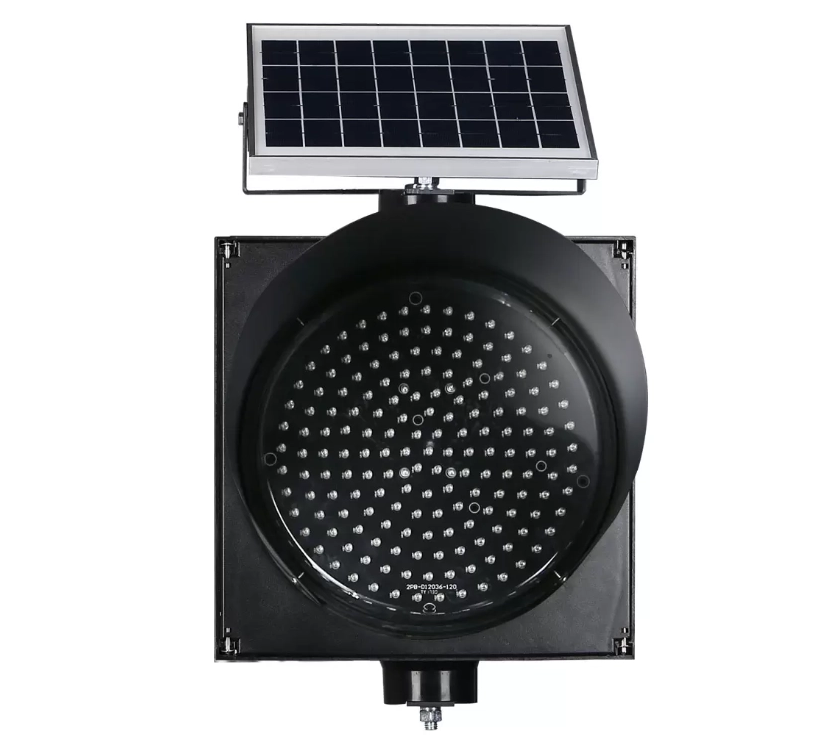Navigating the Downsides: Unveiling Two Major Drawbacks of Modern Transport

Modern transport has undoubtedly revolutionized the way we travel and connect with the world. From faster and more efficient modes of transportation to increased accessibility, it has brought numerous benefits. However, it is crucial to acknowledge that modern transport also comes with its fair share of disadvantages. In this article, we will delve into two of the main drawbacks of modern transport, shedding light on their implications and exploring potential solutions.
- Environmental Impact:
One of the primary disadvantages of modern transport is its significant environmental impact. The reliance on fossil fuels, such as gasoline and diesel, for automobiles, ships, and airplanes, contributes to air pollution and greenhouse gas emissions. This, in turn, exacerbates climate change, leading to adverse effects on ecosystems, public health, and the overall well-being of the planet.
Furthermore, the construction and maintenance of transportation infrastructure, such as roads and airports, often involve deforestation, habitat destruction, and disruption of natural ecosystems. These activities contribute to the loss of biodiversity and can have long-lasting ecological consequences.
To mitigate these issues, governments and industries must prioritize sustainable alternatives. Investing in renewable energy sources, promoting the use of electric vehicles, and improving public transportation systems are crucial steps towards reducing the environmental impact of modern transport.
- Congestion and Overcrowding:
Another significant drawback of modern transport is the problem of congestion and overcrowding. As urbanization continues to accelerate, cities face increasing challenges in managing the growing number of vehicles on the roads and passengers in public transportation systems. Traffic congestion not only leads to wasted time and productivity but also results in increased fuel consumption and air pollution.
Moreover, overcrowded public transportation systems can lead to discomfort, reduced efficiency, and safety concerns for commuters. The lack of adequate infrastructure and insufficient capacity to accommodate the rising demand further exacerbate these issues.
To address congestion and overcrowding, governments and urban planners need to adopt comprehensive strategies. These may include implementing smart traffic management systems, promoting carpooling and ride-sharing initiatives, expanding public transportation networks, and encouraging alternative modes of transport such as cycling and walking.
Conclusion:
While modern transport has undoubtedly brought numerous advantages, it is essential to recognize and address its drawbacks. The environmental impact and the challenges of congestion and overcrowding are two significant disadvantages that require immediate attention. By prioritizing sustainable practices and implementing effective urban planning strategies, we can mitigate these drawbacks and create a more efficient, environmentally friendly, and inclusive transportation system for the future.
